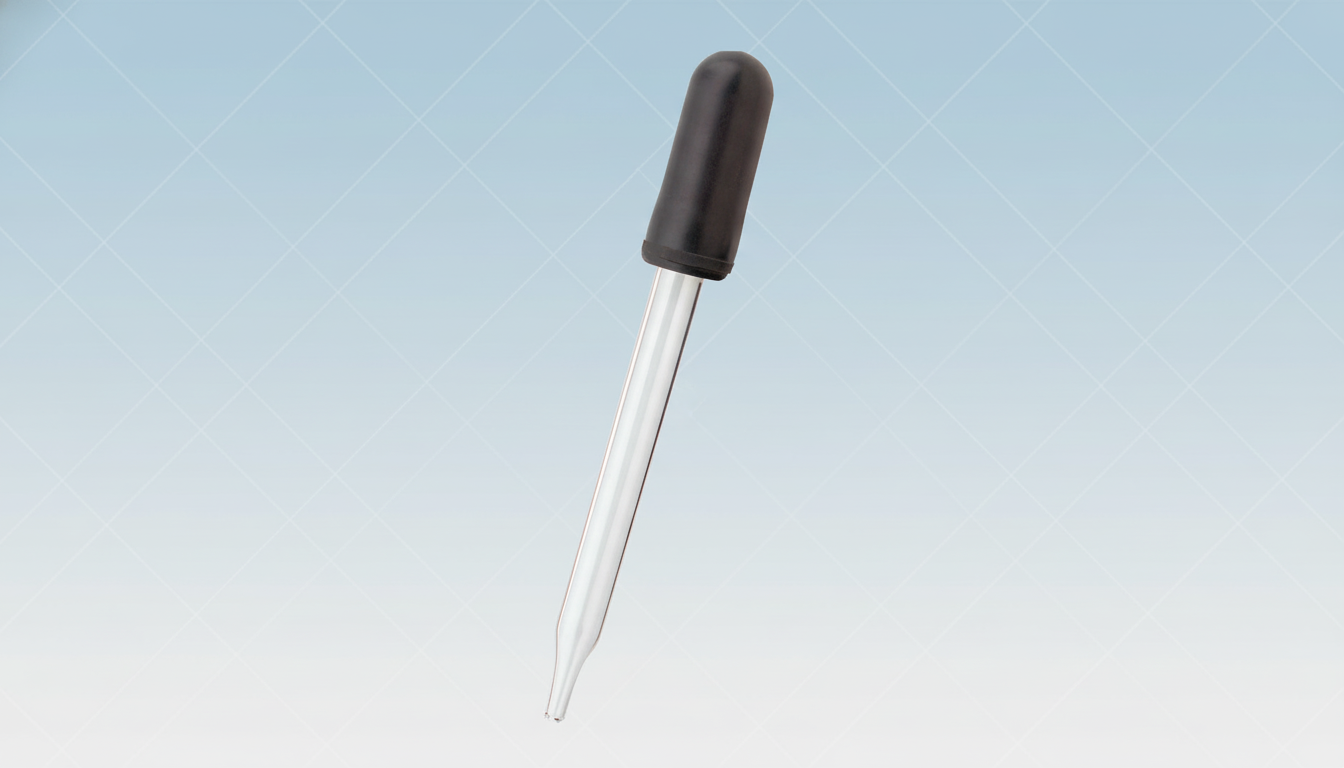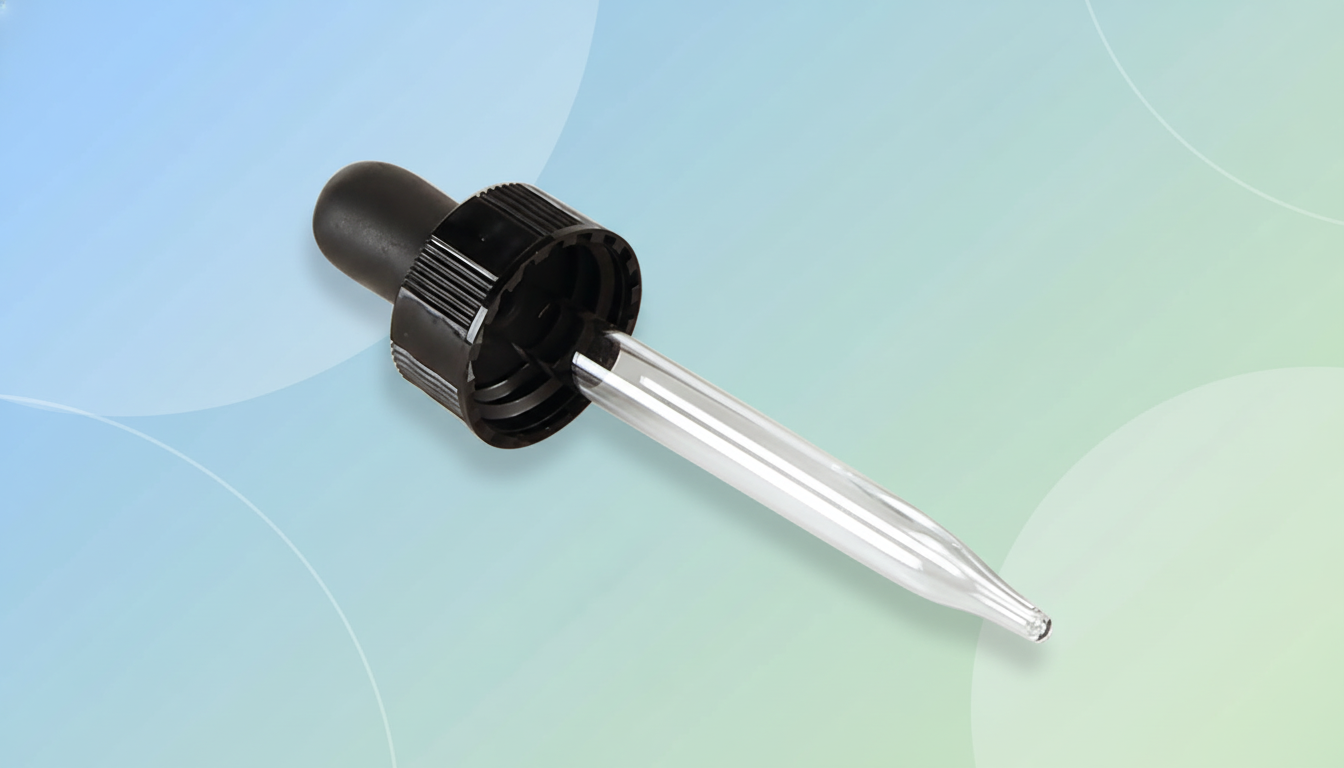Google is working on a native EyeDropper app for Android 17, a system-level color picker that allows any app to pick an exact hue from anywhere on the user’s screen and receive its value.
It’s a small feature with a huge impact for creators, developers, and anyone who cares about pixel-accurate color, and early code in recent Android preview builds reveals how the feature will work on phones, tablets, and desktop-style setups.
- What EyeDropper Does as a System-Wide Color Picker API
- Why the Native Android EyeDropper Picker Matters Now
- Made for Touch and Desktop: Context-Aware Input Design
- Availability and Compatibility Across Android Versions
- Beyond Photo Editing: Broader Creative and Accessibility Uses
- What to Watch Next: Privacy, Formats, and Theming Links

What EyeDropper Does as a System-Wide Color Picker API
EyeDropper provides a public, system-wide API for apps to request a color without having to write their own color picker. Developers can initiate a request with an intent (android.intent.action.OPEN_EYE_DROPPER). Android pops up EyeDropper above a screenshot of the user’s screen (the user taps a pixel), and Android passes this color back to the launching app. The workflow is simple and consistent, so people won’t have to relearn a new color tool for every app.
The interface apes pro pickers: a draggable cursor adorned with a magnified loupe for pinpointing and on-screen arrow controls for moving by a single pixel. Hit Apply, and the value is selected and returned to the source app. Program-returned values allow developers to slide that value directly into tools such as swatches, brushes, themes, or even accessibility checks.
Why the Native Android EyeDropper Picker Matters Now
Until now, Android has shipped with a standalone picker to choose a color from the Material palette and return it as a color value. To use this new picker in your app, you’ll need to include an implementation of {@code ColorPickerContract} and launch it via the standard Activity results API. A native API provides straightforward, concise code with no redundancy and predictable behavior everywhere you play. Standardization helps eliminate edge cases — particularly with features like permission prompts and quirks with screen rendering — which can devolve into support nightmares for DIY solutions.
The scale matters, too. According to Google, Android now clocks in at over 3 billion active devices, and a unified color pipeline across the OS assures consistent behavior across hobbyist apps all the way to enterprise. Design systems, note-taking apps, wallpaper utilities, and pro editors are all better off when they have one reliable path to select and apply color.
Made for Touch and Desktop: Context-Aware Input Design
EyeDropper has context-aware input. When it detects a mouse and keyboard, the system switches to a desktop screen and can use logic for multi-display setups; if the system lacks a mouse or keyboard, interface elements such as lock screens adjust based on touch attributes. That dovetails with Google’s larger efforts to make Android work better on bigger screens and PCs, and the feature gives Android more of the productivity features you might expect from desktop operating systems.

The approach is reminiscent of tools such as the color picker in Chrome on desktop, Windows’ PowerToys Color Picker, and macOS Digital Color Meter. The takeaway here is clear: Google wants Android’s creative and productivity stack to work on a tablet with a stylus, a phone using fingers, or any kind of laptop with a trackpad.
Availability and Compatibility Across Android Versions
Even though EyeDropper is available in recent Android preview releases, it uses a new API that is unlikely to be part of the final quarterly platform releases for Android 16. The opening in the Android 16 API window was missed, so the soonest practical availability is Android 17. Google could potentially push it as part of a Google Play System Update, but there’s no evidence it would. Developers need to keep an eye on the Android Developers guidance when the API is formalized in the Android 17 SDK.
Beyond Photo Editing: Broader Creative and Accessibility Uses
EyeDropper will be beneficial wherever true color is important. Photo and video editors can use it to sample tones from a frame to coordinate text overlays. Note-taking apps can allow users to pick up a color from an image as they highlight annotations. Tools to generate wallpaper and themes can unify UI accents with a selected pixel. UI builders can take a client’s brand color from a logo screenshot and apply it to components in one go.
There is a powerful accessibility angle as well. Taken together with CC’s canonical picker, apps can now match sampled colors against contrast checks — as per WCAG recommendations — to flag readability problems on the fly; useful for things like social posts, slide decks, or in-app themes. Centralizing the mechanism in the OS provides a location where these safeguards can more easily be constructed (without each individually reinventing the wheel).
What to Watch Next: Privacy, Formats, and Theming Links
Key details to watch out for are how Android treats privacy and permissions. Because the picker works on a system-managed capture, the calling app should not require invasive screen-recording permissions that could create excessive friction and risk. Also something to keep an eye on: whether Google opens up options for color spaces or formats, and how the EyeDropper tool integrates with Material You’s dynamic color pipeline for theming consistency.
If the current plan is followed through, EyeDropper in Android 17 will bring the platform a modern and standard way to pick any color anywhere on-screen — one that’s touch-friendly, keyboard-friendly, and multi-display-friendly. It’s a small, well-considered addition that could soon become an essential part of daily life for Android users everywhere.

